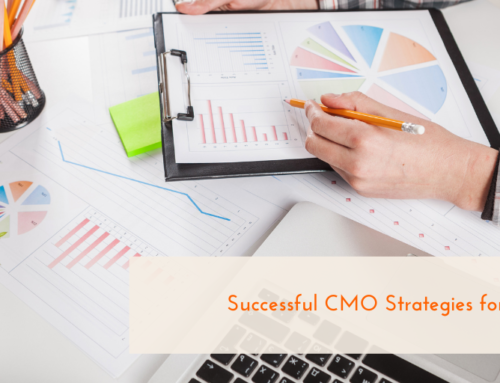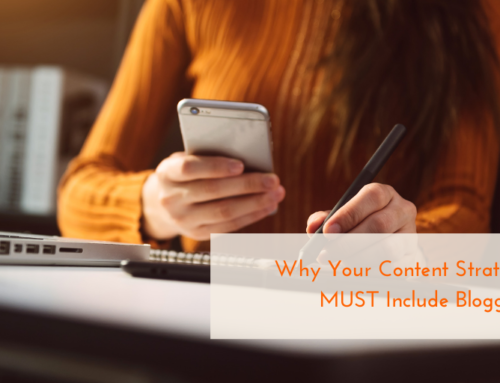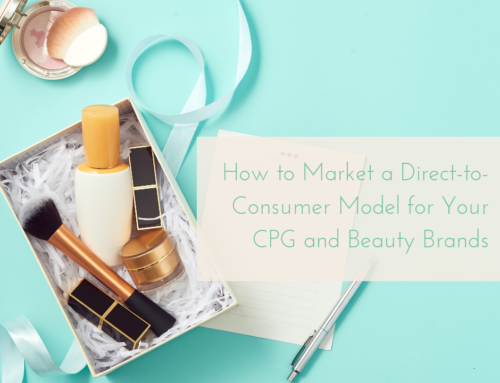
No matter what your business is—and who your target audience is—you need content. Your content is how you continue to educate and engage buyers. How do they know what your business is all about, unless they can read your website, study your blogs, watch your videos, and engage with you on social media?
Maybe you’ve gotten to this point with your business and haven’t really considered the importance of your content and its role in your overall marketing strategy. After all, you made it this far, right? Well, whether you’re just now discovering the importance of a marketing strategy or you’ve had one in place for years, it’s never a bad idea to learn new and better ways to reach your audience.
Before you can get started, it’s important to really understand what a content marketing strategy is, because it’s so much more than just starting a blog.
Content Strategy: Defined
First, let’s define content. Many businesses have spent far too long considering their blog their “content.” In reality, your content is every piece of media that you create for your business—from your website pages to your blog, from your social media posts to your newsletters, and even direct mail pieces. It also includes your images, videos, infographics, press releases, articles in professional publications, podcasts, radio spots, commercials… Whew! That’s a lot of content you may not be considering.
Now that we know what your content is, let’s talk about a strategy. Your strategy is when you create content with a well-planned purpose in mind in order to attain a particular goal. Your strategy could cover the course of a single day, a month, or an entire year.
Now, how do we go about creating a content marketing strategy?
Creating a Content Strategy
There are several questions you need to answer. With those answers you’ll have the first steps of your content strategy created. Let’s focus on the easy stuff first:
Who Is My Target Audience?
Do you know your buyer personas inside and out? Without a full understanding of who you’re trying to reach, you won’t know how to reach them.
What Problem Am I Solving?
Knowing your buyers means knowing their pain points. Your content should be created with the sole purpose of solving those pain points.
How Am I Unique?
Your Unique Selling Proposition is what sets you apart from your competitors. Your content is how you convey that USP to your buyers.
Where Will I Post?
Now that you know your buyers, their pain points, and how you plan to stand out from the crowd, it’s time to start reaching them. Do you know where your buyers live online? Start finding out if they’re Facebookers or LinkedIn fans. Do they use Twitter? Would they prefer to get information from Snapchat or Instagram?
What Will I Post?
The type of content you post can vary according to your platform. Short and snappy for Twitter, with images designed to stop someone in their tracks and click through to your site. Facebook likes to see longer posts and, in particular, video. On your own website, you can mix things up between blogs, lists, videos, and infographics to keep things lively.
How Will I Manage This?
You have a lot on your plate now, so it’s important to determine how you can manage the content for the best results. Scheduling tools help, but it’s important to always have an eye on your content so you can see opportunities for engagement.
The Unanswered Question: Do I Need a Content Strategy
The simplest answer to this question is yes. Your buyers deserve to have access to all the information they can get their hands on before they make purchasing decisions. The only way that can happen is if you have a defined content strategy that focuses on providing that information any time a buyer needs it.
Are you ready to create your content strategy? We’re always here to help, so just give us a call.





